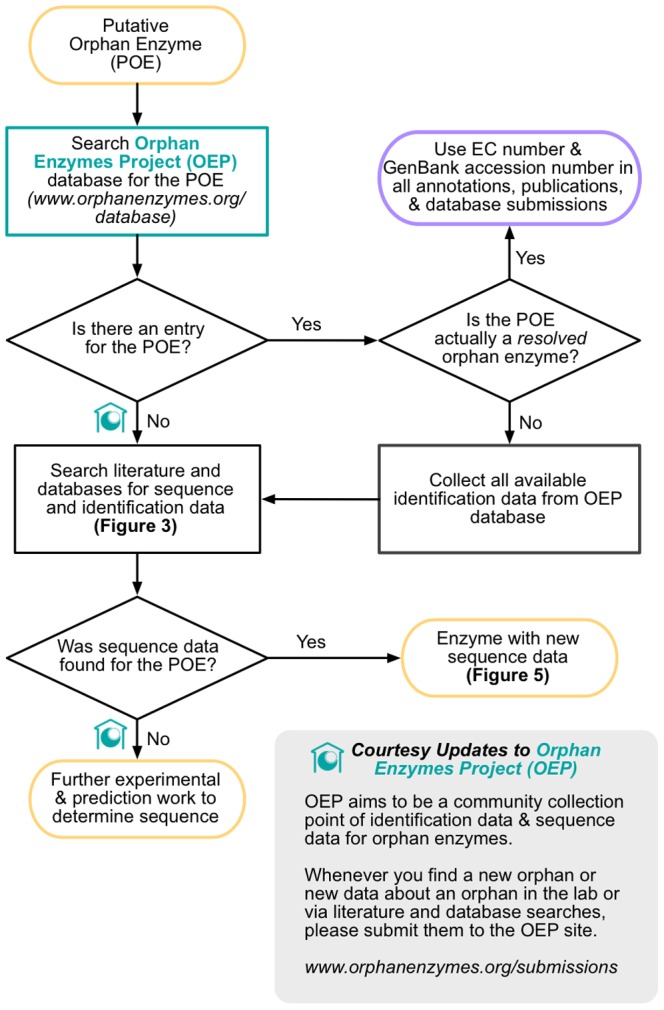Figure 4. The end-to-end process of resolving an orphan enzyme may include literature searches, database searches, and laboratory work.

Beginning with a putative orphan enzyme (POE) (yellow), an investigator can maximize the likelihood of finding sequence data while minimizing effort by following a few steps. An immediate search of the OEP database will indicate if the orphan is already recognized as such and give the researcher access to any data about that orphan enzyme that others have already collected, including if it has been resolved (and perhaps the link between sequence and activity simply haven't been propagated to major sequence databases yet). The next steps are to carry out a literature and database evaluation of the orphan and then potentially follow that with laboratory identification. It may be helpful to submit information about the orphan enzyme, including the fact that it exists as well as any supporting identification information, to the OEP web site at the two marked points in the process (OEP symbols). This makes the information available to others in the research community who may be able to help identify sequence for the enzyme activity.
